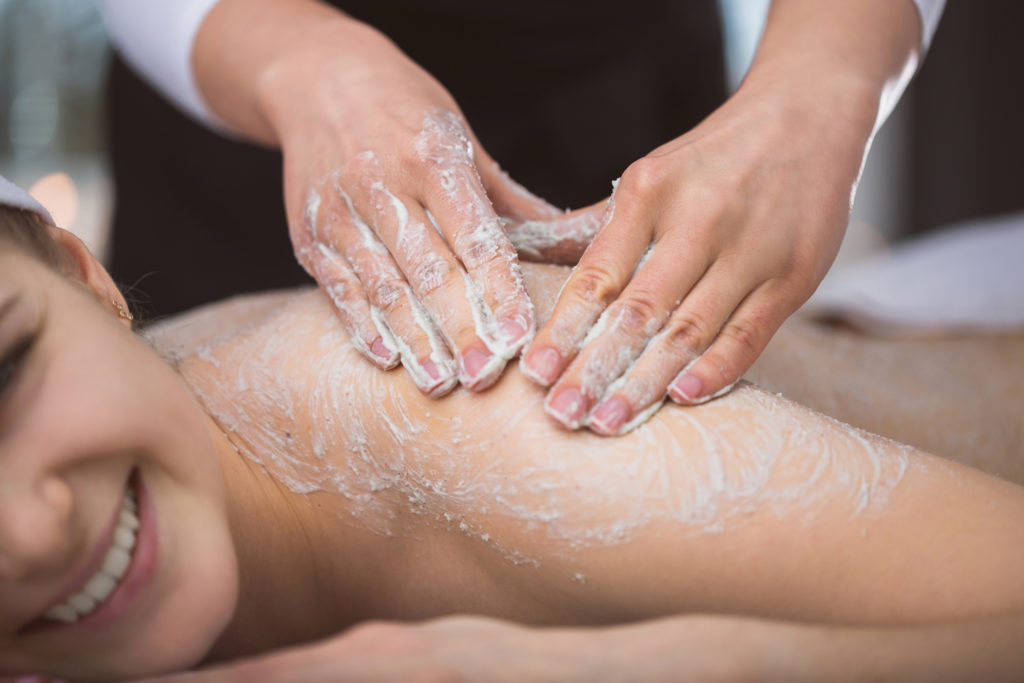Hey There!
I'm Reina
I am a full-time traveling registered nurse, fitness enthusiast, and nutrition expert. Every morning I wake up intending to bring awareness of the importance of health and spiritual wellness, especially to the traveling community. At Messy Bun Traveler, we promote travel that allows the traveler to either kick-start, maintain, or enhance a healthy lifestyle. So whether you're someone who travels for business, travels for pleasure, or new to travel and looking for health advice while on the road, this blog is for you!
inspiration
Categories:
health
destinations
fitness
resources
wellness
Privacy & Disclosure
The Messy Bun Traveler is designed to bring you fun stories, destination guides, and healthy travel advice. To help cover the cost of running this site, all posts are sprinkled with hand-selected affiliate links. When you click on one of these links and make a purchase, I will earn a small commission at no additional cost to you. I only accept affiliate links and paid advertisements from brands I believe in, trust and use personally. Thank you for your continued support!
10 Tips for Your First Trip to the Philippines
February 24, 2020
The Philippines is a country I spent a great deal of time in. Each day I was in awe of the marvelous beaches, breathtaking waterfalls, and pristine oceans. The Philippines gave me more to fall in love with than most places I’ve ever been before.
But like all places, certain things should be planned out to make a trip much more enjoyable. Some of these Philippines travel tips I researched before the trip, but many of these pieces of advice I share below are things I learned along the way.
I hope these 10 essential tips are helpful for your first Philippines adventure!

1. Make sure to have at least six months left on your passport
The Philippines, along with many other countries, follow the six-month passport validity rule. This essentially means that unless you have at least six months left on your passport before it reaches the expiration date, you will not be allowed to enter the country.
Unfortunately, I learned this rule the hard way as I was denied entry on my plane out of Manila, Philippines to Hanoi, Vietnam. I was able to enter the Philippines because I had just over six months left until the expiration. But, during the three and a half weeks I was there, my passport exceeded the six-month mark and I was no longer able to fly internationally.
The whole incident was quite scary and resulted in two missed flights, loss in already-booked accommodations and excursions, and last-minute scrambling to obtain a limited-validity passport from the U.S. embassy.
I share this story in my post, here. But to make a long story short, Philippines travel tip number one is to double-check your passport to make sure it still has at least six months left before traveling to the Philippines.
See also:

2. Bring a reusable water bottle
While you shouldn’t be drinking the tap water in the Philippines, the majority of hotels and other forms of accommodations offer free drinking water that you can keep refilling your bottle from. I recommend doing this versus buying plastic water bottles each time you need a drink.
By doing so, you’ll save money, save the single-use plastic, and reduce unnecessary waste. One thing I immediately noticed about the Philippines is that it is a very environmentally friendly culture. The people really care about the planet and their oceans and work hard to protect both.
3. Don’t forget to take bug spray and reef-safe sunscreen
There are only two things that are for certain in the Philippines: bugs and a hot, blistering sun. Come prepared by packing enough bug spray and reef-safe sunscreen.
Dustin and I made the mistake of not wearing any sunscreen on our first day in Cebu. We both come from California and have darker complexion skin that doesn’t sunburn easily. With foolish thinking, we spent an entire day in the hot sun on Sumilon Island Sandbar under ZERO shade.
Within two days, we were both painfully bright red and even had blisters forming on our forearms and shoulders. Learn from our mistake and pack plenty of sunscreen!
See also:

4. Have a first aid kit handy
The Philippines is full of adventure and excitement. With that can come accidents and injuries. It’s always wise to pack a travel-sized first aid kit in case of emergencies. A good first aid kit should be stocked with antiseptic wipes, gauze and sterile dressings for wounds, bandage tape, tweezers, insect bite treatment, as well as common medications for travel.
My first aid kit comes in handy countless times. One incident I remember happened in the Philippines while traveling through Palawan. One of the girls on our boat excursion had gotten into a bad motorcycle accident a couple days prior and needed help cleaning up and bandaging her wounds. Luckily, my first aid kit had everything she needed.
See also:

5. Stock up on cash, especially small bills
Getting your hands on money is difficult in the Philippines as ATMs are very scarce and sometimes don’t work or even are stocked with cash. It also gets more challenging when the ones that do work only dispense big bills like 1000 PHP. The majority of hotels, tuk-tuk drivers, small shops and vendors only want small bills as they too have a difficult time getting currency.
My tip to you is to try and get currency from your bank before leaving for your trip. Make sure to ask for smaller bills and less larger ones as those are harder to spend and are more trouble than they are worth. If I had known we would have a hard time paying our drivers and dinner bills by not having smaller bills, I would have taken this piece of advice.
Also, save your big bills for larger purchases if you can. Save the smaller bills for smaller purchases like bus transportation, meals, and shopping.

6. Don’t be scammed by your taxi driver
This isn’t such a problem in rural areas, but be careful in metropolitan areas such as Manila and Cebu City. If taxi drivers see you’re a tourist, some will try and give you a “set price” instead of turning on their meter. This set price can be three to four times higher than the metered price and will result in you way overpaying for a taxi ride.
This happened to Dustin and I while in Manila. We hopped into a taxi and the driver immediately gave us a price instead of turning on his meter. The only way we knew that this price was ridiculously high was because we had already ridden a taxi from that destination earlier that day. We declined and insisted he turned on his meter. He hesitated to do so until we threatened to get out of his taxi and just take another.
Travel tip for the Philippines: Always use the taxi meter. It’ll save you money in the long run.

7. Be flexible as travel delays are widespread
While in the Philippines, it’s not uncommon to have canceled or delayed flights, delayed ferries, or late taxi drivers. While we were there, we had a total of two canceled flights and a delayed ferry and excursion. Part of this is due to the “island life” culture, but it’s also largely due to the unpredictable weather that can hit the island without warning.
See also:

8. NEVER flush toilet paper down the toilet
This is true in all Southeast Asian countries. The country’s plumbing system is not designed to handle waste other than our own. This includes toilet paper, feminine hygiene products, and plastic.
Also, there’s another important thing to note about the toilets. A lot of them have a different flushing system as the toilets don’t have a button to flush but rather a bucket of water next to the toilet. To flush, you pour the water into the toilet, and the change in water pressure washes everything out!

9. Make sure to pack the right equipment
The Philippines is located in a very humid, tropical climate and you’ll be near a lot of water. Make sure to pack the right equipment to keep your stuff safe and away from moisture. Items like a dry bag, quick-drying towel, and water shoes are essential!

10. If you’re getting a massage, decline the sugar scrub if you have a sunburn
There are many excellent massage spas in the Philippines, making it an awesome wellness destination. In fact, massages are famous in the Philippines because culturally, they’re seen as not only a relaxation method for the body but the mind and soul as well.
Many massage packages come with a total body sugar scrub session. While exfoliation is great, it’s NOT recommended when you have a major sunburn. I, unfortunately, had to learn this the hard way when I went in for a massage while sunburnt. It was less than 10 minutes into my sugar scrub session before I yelped in pain at the poor massage lady to stop!
I hope this list of travel tips will help you feel more prepared for your first trip to the Philippines! Safe travels and make sure to take loads of pictures!




Join my newsletter
* We will never share your details with any third party